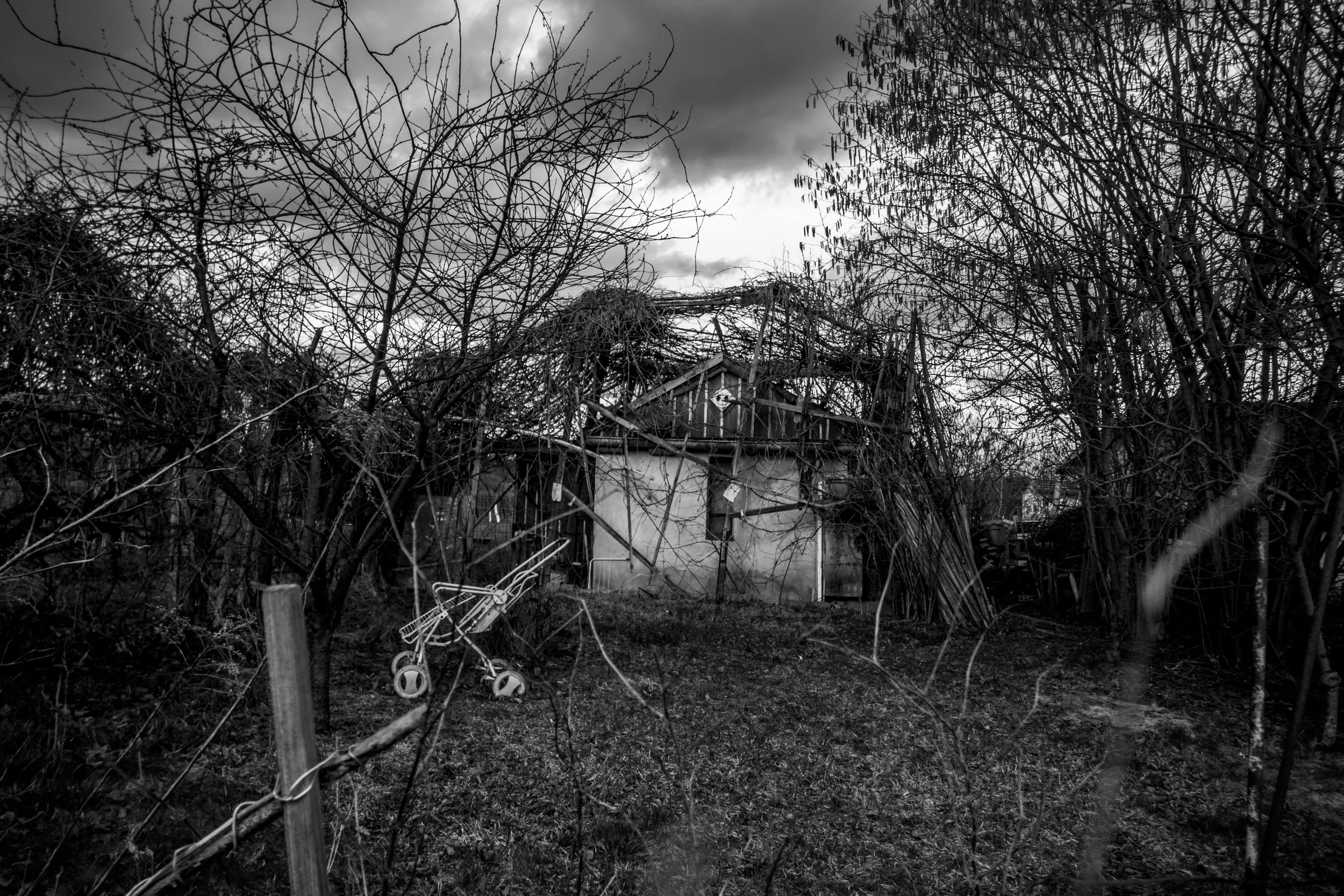In the city center, between crowded streets and houses, there is a space, an enclave of elderly people. Allotment gardens fenced from the outside world. These are small individual gardens with gazebos where people grow vegetables themselves, which they then harvest and serve as their own, healthy food, saving the pensioner's modest budget at the same time. Allotment gardens are beautiful until early spring comes. The melting snow reveals a real and sad sight of old, tired gazebos. This view reminds me of the people who built and used them for many years, until their time came, and the owners, equally tired of life, no longer had the strength to repair them and paint them every year. When I see them, I am reminded of the motto that everything passes eventually.
The idea of allotment gardening was born in Germany. In 1985, the first garden was created in Leipzig with workers in mind and, above all, educating young people. Later, the allotment gardening movement spread to other industrialized cities and countries in Europe. Gardens were created in England, France, Belgium and the Netherlands.






